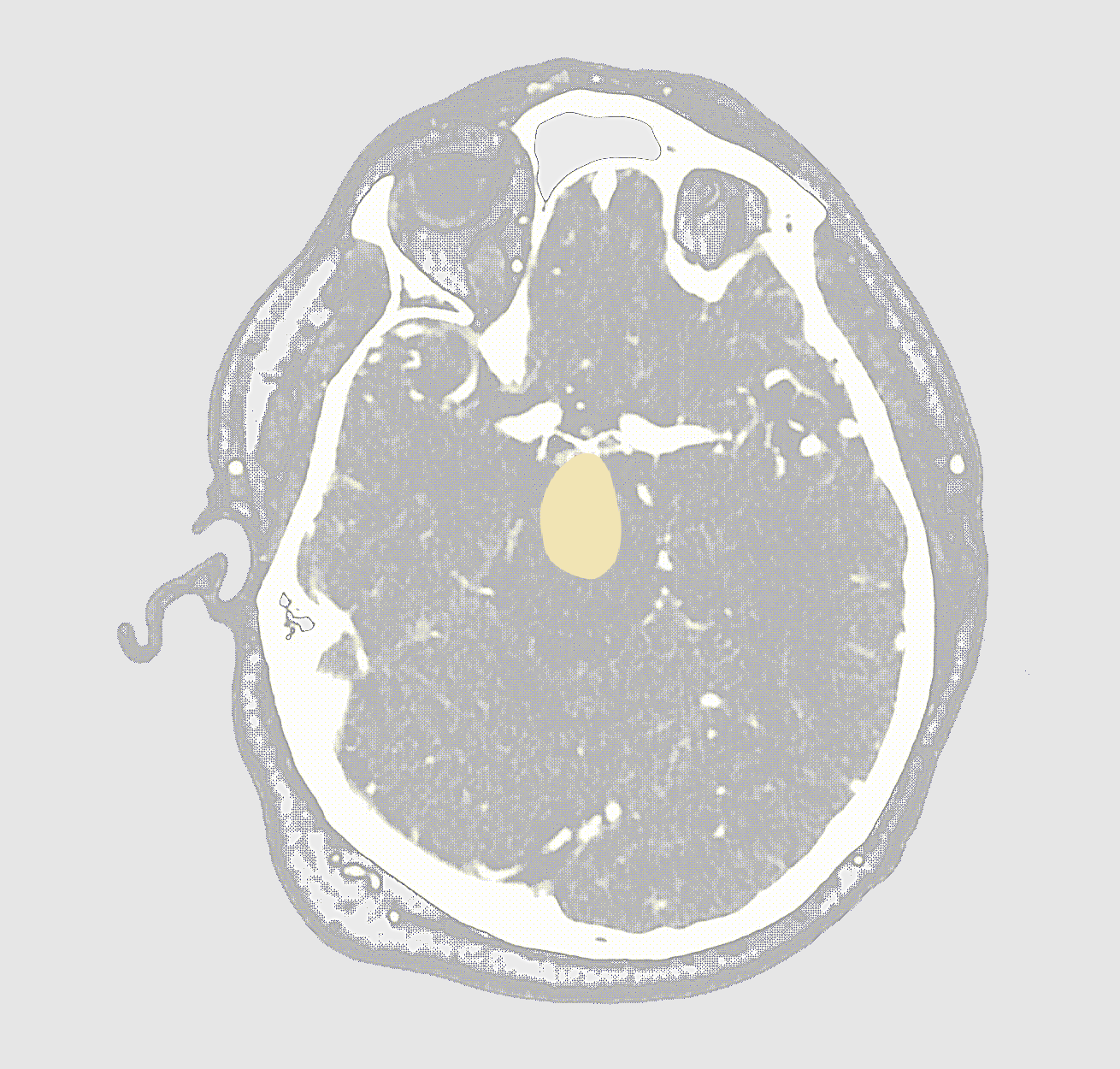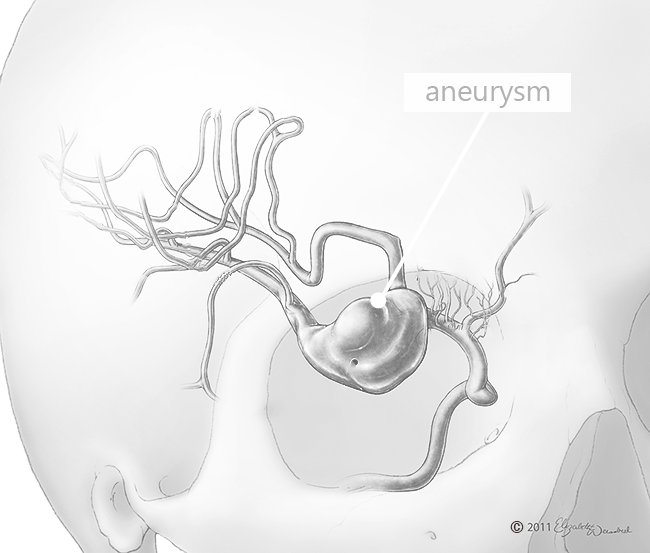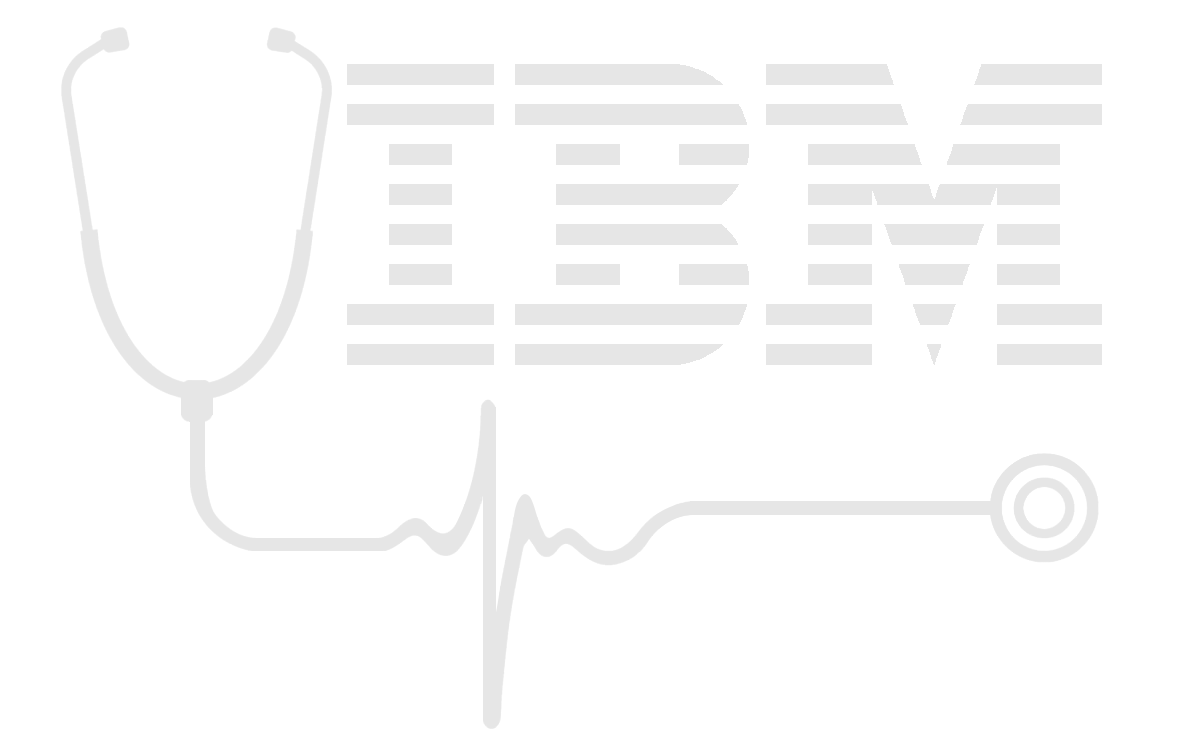making headlines | Medical AI software detects aneurysms
January 30, 2020

image | above
A medical scan of a patient’s brain is labelled with an orange spot — marked by artificial intelligence software, where it found a probable aneurysm.
from: Stanford Univ.

— note —
Dear readers,
Important breakthroughs happen ever-faster each year. We collect good writing from magazines + newspapers on lead headlines — so you can connect with essential stories on progress.
posted below:
- a story on progress that’s making headlines
- facts summary
- reading on this story
| topic | progress in bio-medicine |
| story | Medical artificial intelligence software detects aneurysms. |
— facts —-
an artificial intelligence software tool found aneurysms better than physicians:
part 1:
- computer software called artificial intelligence (AI) specializes in revealing patterns in large + complex piles of data
- AI programs can often pick-out key issues, better than a person
- the software is trained to sift through mountains of info — efficiently sorting data into maps of knowledge
- so AI is especially useful in fields that process high volumes of data — like: medicine, economics, physics, engineering
- medical researchers hope to build AI software that can diagnose patients
part 2:
- a team at Stanford Univ. built an AI tool to help detect brain aneurysms in people
- a brain aneurysm is a bulge in a blood vessel in the brain
- aneurysms are dangerous because they can leak or rupture — causing bleeding into the brain
- usually an aneurysm forms because a blood vessel is weak
- so early detection + diagnosis are important to avoid patient death or disability
- each year: 30,000 people in the US suffer a ruptured brain aneurysm
part 3:
- the team’s AI software tool highlights areas of a brain scan that are likely to contain an aneurysm
- it successfully found 6 more aneurysms than physicians did — in a set of 100 brain scans
- to find aneurysms in a patient, physicians comb through 100s of brain images
- aneurysms come in many sizes + shapes — and balloon-out at tricky angles
- some appear as tiny blips on brain scan images
part 4.
- the team taught their software by showing it 611 3D brain scans — where they outlined actual aneurysms
- so the software learned how to identify what an aneurysm looks like in high detail
- to use the tool, the team feeds the software a 3D brain scan made with the imaging technique called CT
- CT stands for computed tomography angiogram — it creates a map of body tissues + blood vessels
- then the AI software overlays the CT image with a colored highlight, wherever it finds an aneurysm
- the team envisions an updated AI program designed to find aneurysms after they’ve burst

image | above
A medical diagram illustrating an aneurysm in a human brain.
art: by Elizabeth Weissbrod • Weissbrod Studios

reading:
1. |
organization: Stanford Univ.
story title: Stanford Univ. researchers develop artificial intelligence tool to help detect brain aneurysms
read | story
— summary —
Radiologists improved their diagnosis of brain aneurysms with artificial intelligence software made by medical researchers + computer scientists.

2. |
publication: the Next Web
story title: Stanford Univ. new AI can help doctors spot brain aneurysms
read | story
tag line: Sharing, inventing, and advancing tech developments.
3. |
publication: Extreme Tech • by Ziff Davis
story title: Stanford Univ. latest AI helps doctors diagnose brain aneurysms more accurately
read | story
4. |
publication: Geek • by Ziff Davis
story title: New AI tool can help doctors detect brain aneurysms
read | story
5. |
publication: Psychology Today
story title: Stanford Univ. unveils AI tool for finding aneurysms
read | story
— summary —
Deep learning helps clinicians identify brain aneurysms with better accuracy.
6. |
publication: Radiology Business • by TriMed Media
story title: AI helps specialists improve cerebral aneurysm detection rates
read | story
tag line: For leaders navigating value-based care.
7. |
publication: Health Imaging • by TriMed Media
story title: AI detects missed aneurysms in magnetic resonance angiography with increased sensitivity
read | story
tag line: Insights in imaging + informatics.
8. |
publication: Forbes
story title: AI is not ready for the intricacies of radiology
read | story
on the web | pages
IBM | home
IBM | Watson for Health: home
IBM | Watson for Health: learn about AI in medicine
tag line: Making progress in health, together.
— summary —
Researchers are building better software with artificial intelligence for applications in medicine. Gaining insights into diagnostics, health-care processes, treatment options, and patient outcomes — with the support of computers using a technique called machine learning.

on the web | pages
American Stroke Assoc. | home
American Stroke Assoc. | about cerebral aneurysm
on the web | pages
Brain Aneurysm Foundation | home
Brain Aneurysm Foundation | about brain aneurysm
Stop the Pop • by Brain Aneurysm Foundation | home
tag line: Stop the pop.
on the web | pages
AI in HealthCare • by TriMed Media | home
tag line: Innovation to transform health-care.
IMAGE FOLDER
— notes —
AI = artificial intelligence
ML = machine learning
MRI = magnetic resonance imaging
IBM = International Business Machines
* American Stroke Association is a division of American Heart Association